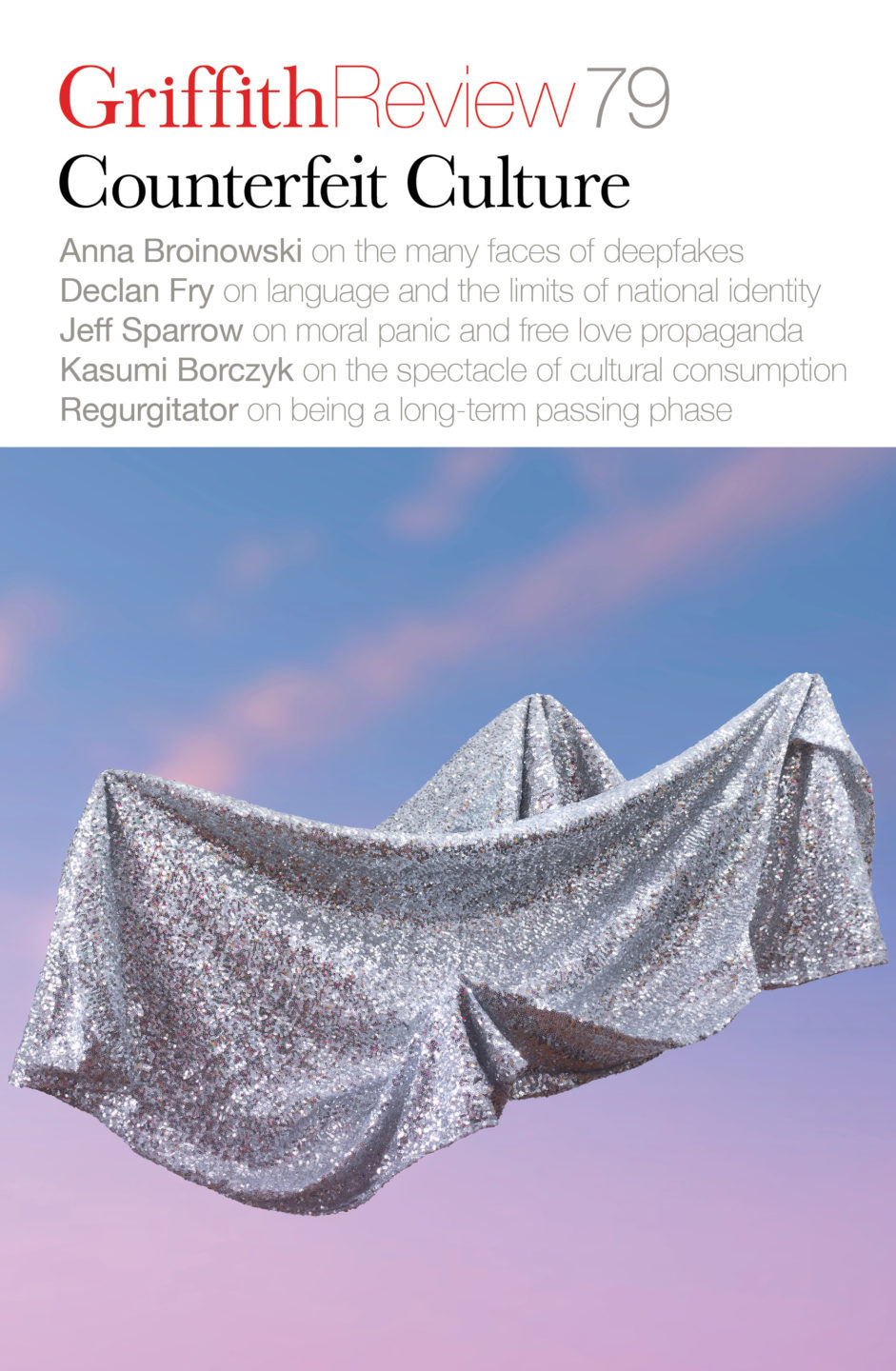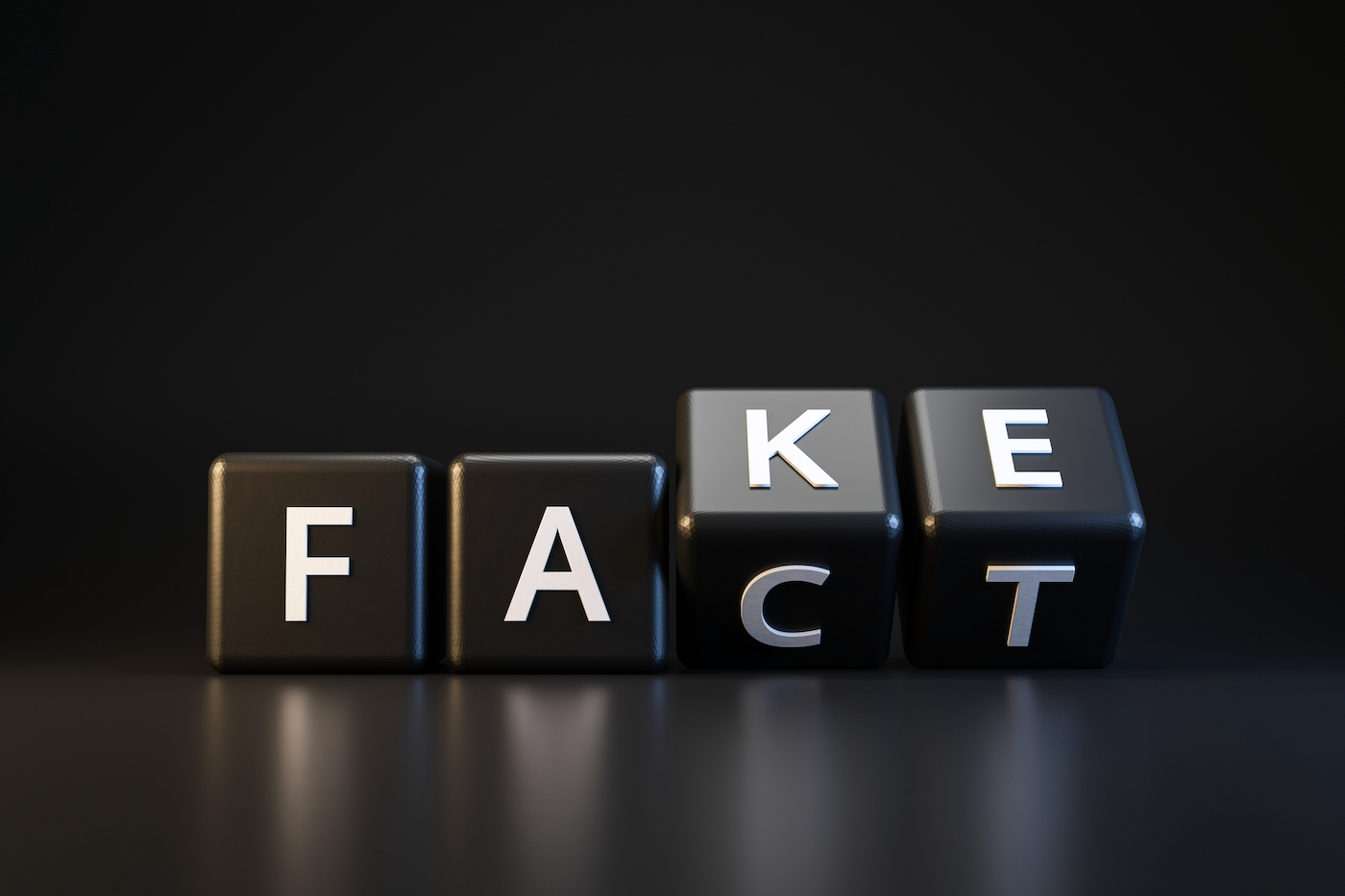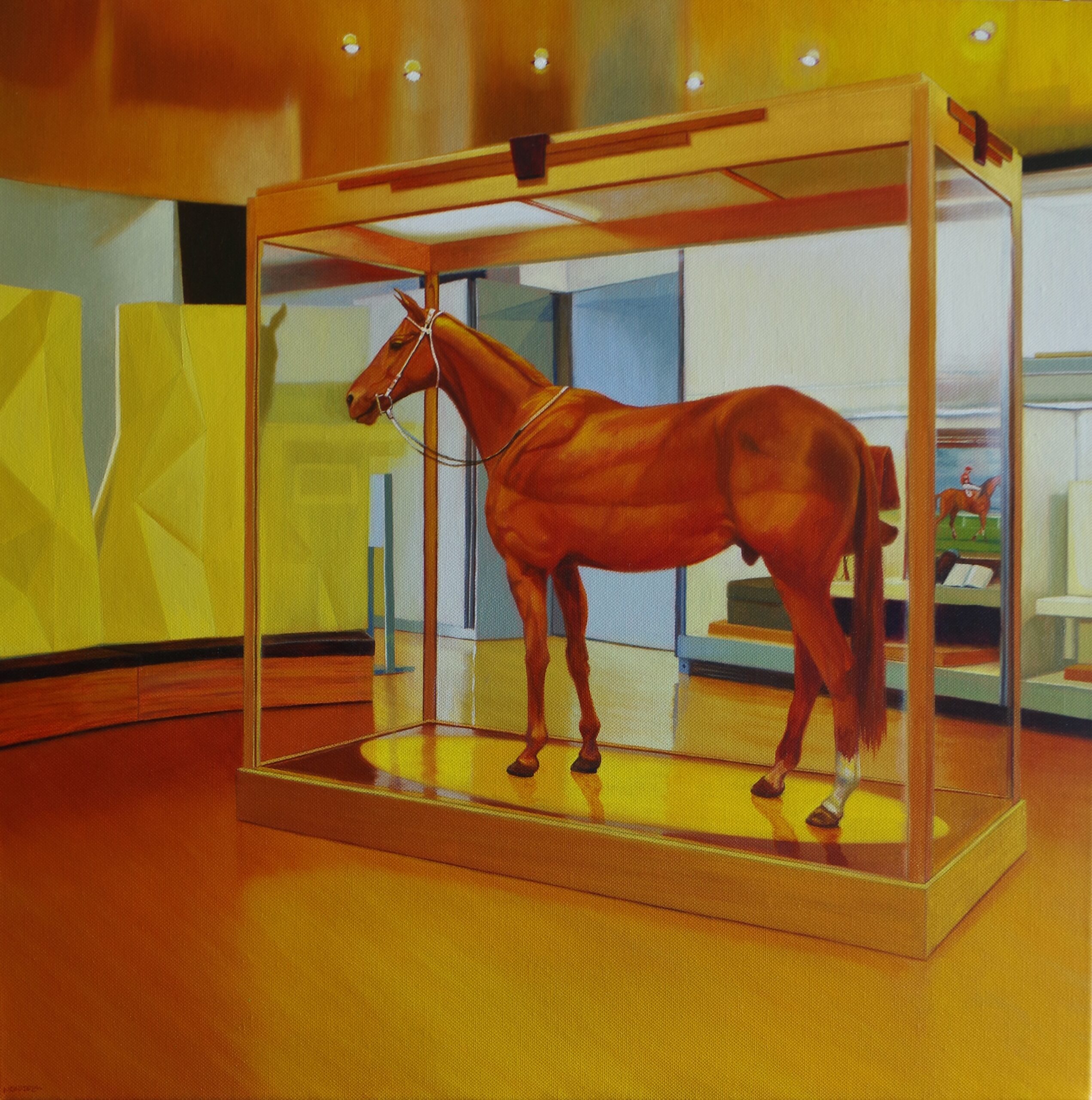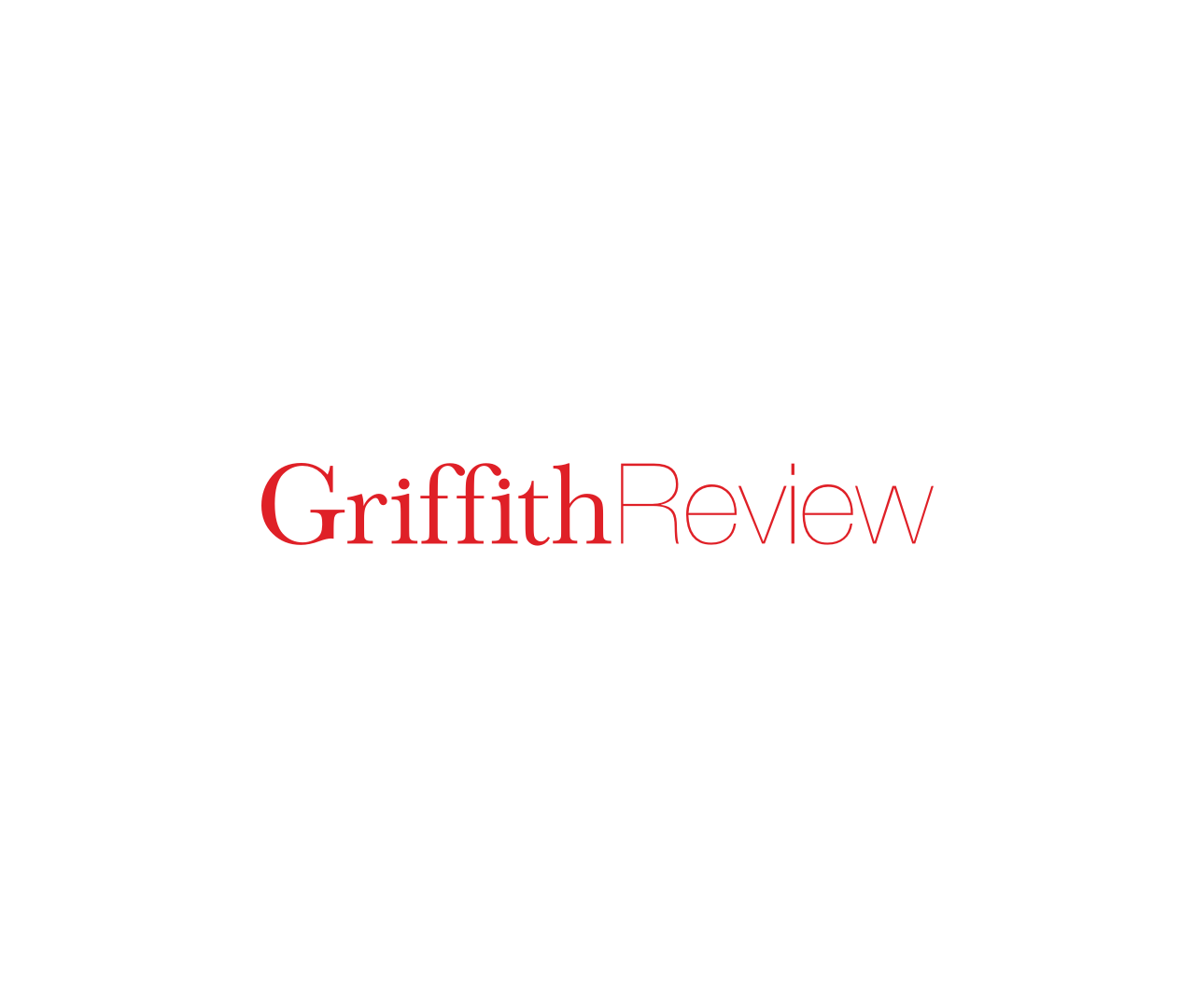Featured in

- Published 20230207
- ISBN: 978-1-922212-80-1
- Extent: 264pp
- Paperback (234 x 153mm), eBook

THINK BACK TO when you were a kid and of all the things you believed in that turned out not to be true: Santa Claus. Unicorns. Your parents’ infallibility. The concept of fairness. Bill Murray. These unmaskings may, in some cases, have been sudden and shocking; in others, the dawning of truth may have been more gradual, your naïveté slowly disappearing beneath the ineluctable horizon of maturity and cynicism.
As we grow older and the make-believe fables and protections of childhood fall away, we’re often expected to understand the difference between what’s real and what’s not – it’s simply part of how we must navigate the world as adults. But quite aside from the vexed circumstances of being alive in the twenty-first century – a time of relentless counterfeit both online and off, from filters and fillers to influencers and identity fraud – our very existence as humans who must coexist with other humans necessitates a constant and complicated process of distinguishing the authentic from the artificial. It’s never easy – even when you’ve known for decades that Santa isn’t real.
In her book Authenticity, writer Alice Sherwood observes that the very word ‘authenticity’ now has dual meanings that are ‘almost completely opposite’. There’s the original meaning – the objective notion of whether something is a fact, a verifiable claim. And there’s a more recent meaning that’s altogether more nebulous – what Sherwood calls ‘personal authenticity’, or ‘being true…to your own, internal sense of self’, ‘looking to feelings rather than facts’.
These competing, sometimes contradictory, concepts can create a circle that’s difficult to square. So perhaps the question we should be asking isn’t about whether something is real but about how we’re defining – and
redefining – the terms of that reality and the values we ascribe to it.
COUNTERFEIT CULTURE NAVIGATES this maze of modern deception with a compelling and wide-ranging collection of nonfiction, fiction, poetry and visual essay. The pieces in this edition mine the social, cultural and emotional ramifications of our shifting relationship with reality: the power of deepfakes, the possibilities of AI-generated art, the changing face of cosmetic surgery, the performance of pornographic pleasure, the dangers of corporate greenwashing, the allure of conspiracy, the bureaucratisation of art, the psychic release of fake news, the limits of national identity, the stigma of selling out, the complexities of gender transitioning and much more. This edition’s short fiction offerings include an unsettling trip to a strange town, a macabre memorialisation of a beloved family pet and the outlandish escapades of a psychic shaman oracle medium visionary prophet saint. Counterfeit Culture won’t deceive you (at least not intentionally), but it’s sure to entertain you – and perhaps you’ll think about it the next time you find yourself unsure whether what you’re reading, seeing or hearing is, in fact, fake.
I’d like to thank the Copyright Agency Cultural Fund for their generous support of our Emerging Voices competition – one of our five winning entries from 2022, Alex Philp’s ‘Taxidermy’, appears in this collection. You can enjoy the final two winning pieces from last year’s competition in our next edition, Griffith Review 80: Creation Stories.
I hope you enjoy reading this collection as much as the Griffith Review team enjoyed working on it. Just like Coca-Cola, it’s the real thing.
28 November 2022
Image credit: Getty Images
Share article
More from author

Subject, object
The vivid hues and spiky leaves of Jason Moad’s Temple of Venus – the arresting artwork featured on the cover of Griffith Review 89: Here Be Monsters – raises a tantalisingly sinister proposition. The subject of the painting is clear – a Venus flytrap, realistically rendered – but there’s a somewhat otherworldly quality to this plant, a sense that it might be biding its time, waiting to strike while we, the viewers, are distracted by its beauty. For Melbourne-based realist painter Jason Moad, this slippage between subject and object, reality and imagination, is part of the point.
More from this edition

Strike a pose
In ConversationI grew up when women were viewed as decorative, appraised for their sexual currency. It’s hard to disassociate from powerful formative experiences. Particularly my childhood observations of glamour fused with my interest in the macabre.

Roxy Music Has The Right To Children
PoetryThe fun people had on TV then! The hair, and not only the hair, but full monster suits.

Cusp
FictionWe were going to visit Patience’s supervisor Callista, a tenured senior lecturer in literature and cultural studies, though her strange, ageless grace made the word senior feel like a misnomer. I knew Patience would have chided me for this, saying it showed both my ageism and internalised misogyny, so these were among the thoughts I kept to myself.